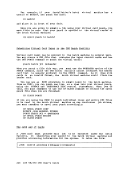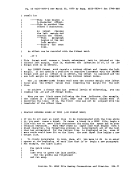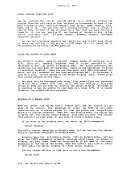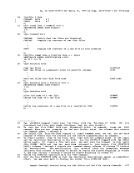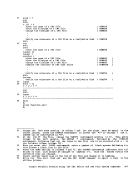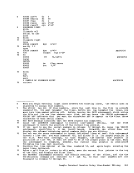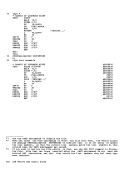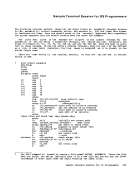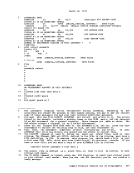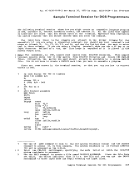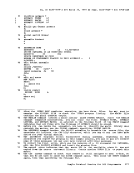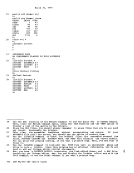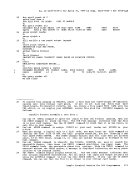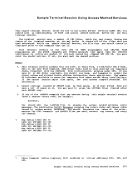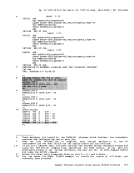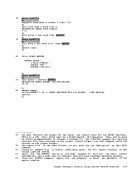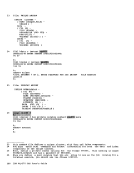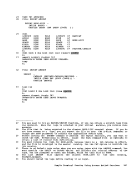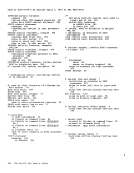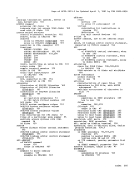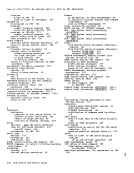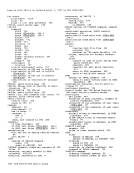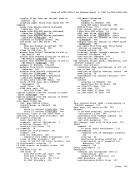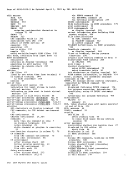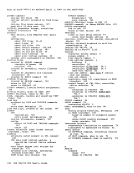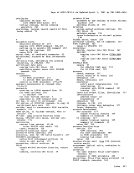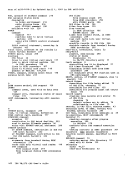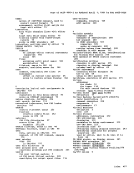CHANGE /C/C /
adds a blank following the first occurrence of the character"C". ABC XYZ ABC
is the final line.You can use the ALTER subcommand to change a
single character; the ALTER subcommand allows you to specify a
hexadecimal value so that you can include characters in yeur files for
which there are no keyboard equivalents.Once in your file, these
characters appear during editing as nonprintable blanks. For example,
if you input the line:
IF A = B THEN
in edit mode and then issue the subcommand:
alter =Sc the line is displayed:
IF A B THEN
If you subsequently print the file containing this line on a printer
equipped to handle special characters, the line appears as:
IF A
sinceX'SC' is the hexadecimal value of the special character
hexadecimal or character values. To change the
character, for example <, you could issue either:
alterSc ae -- or
alterSc <
subcommand can beX'SC' to another OVERLAY subcommand allows you to replace
characters in a line by spacing the terminal's typing element or cursor
to a particular character position to make character-for-character
replacements, or overlays. For example, given the line:
ABCDEF
the subcommand:
overlay xyz
results in the line:XYZDEF A blank entered on an OVERLAY line indicates that the corresponding
character is not to be changed; to replace a character with a blank, use
an underscore character (_). Given the above line,XYZDEF, the
subcommand:
overlay 3
results in:
DE3 (TheliD" is preceded by blanks in columns 1, 2, and 3.) 70 IBM VM/370 eMS User's Guide
adds a blank following the first occurrence of the character
is the final line.
single character; the ALTER subcommand allows you to specify a
hexadecimal value so that you can include characters in yeur files for
which there are no keyboard equivalents.
characters appear during editing as nonprintable blanks. For example,
if you input the line:
IF A = B THEN
in edit mode and then issue the subcommand:
alter =
IF A B THEN
If you subsequently print the file containing this line on a printer
equipped to handle special characters, the line appears as:
IF A
since
hexadecimal or character values. To change the
character, for example <, you could issue either:
alter
alter
subcommand can be
characters in a line by spacing the terminal's typing element or cursor
to a particular character position to make character-for-character
replacements, or overlays. For example, given the line:
ABCDEF
the subcommand:
overlay xyz
results in the line:
character is not to be changed; to replace a character with a blank, use
an underscore character (_). Given the above line,
subcommand:
overlay 3
results in:
DE3 (The

































































































































































































































































































